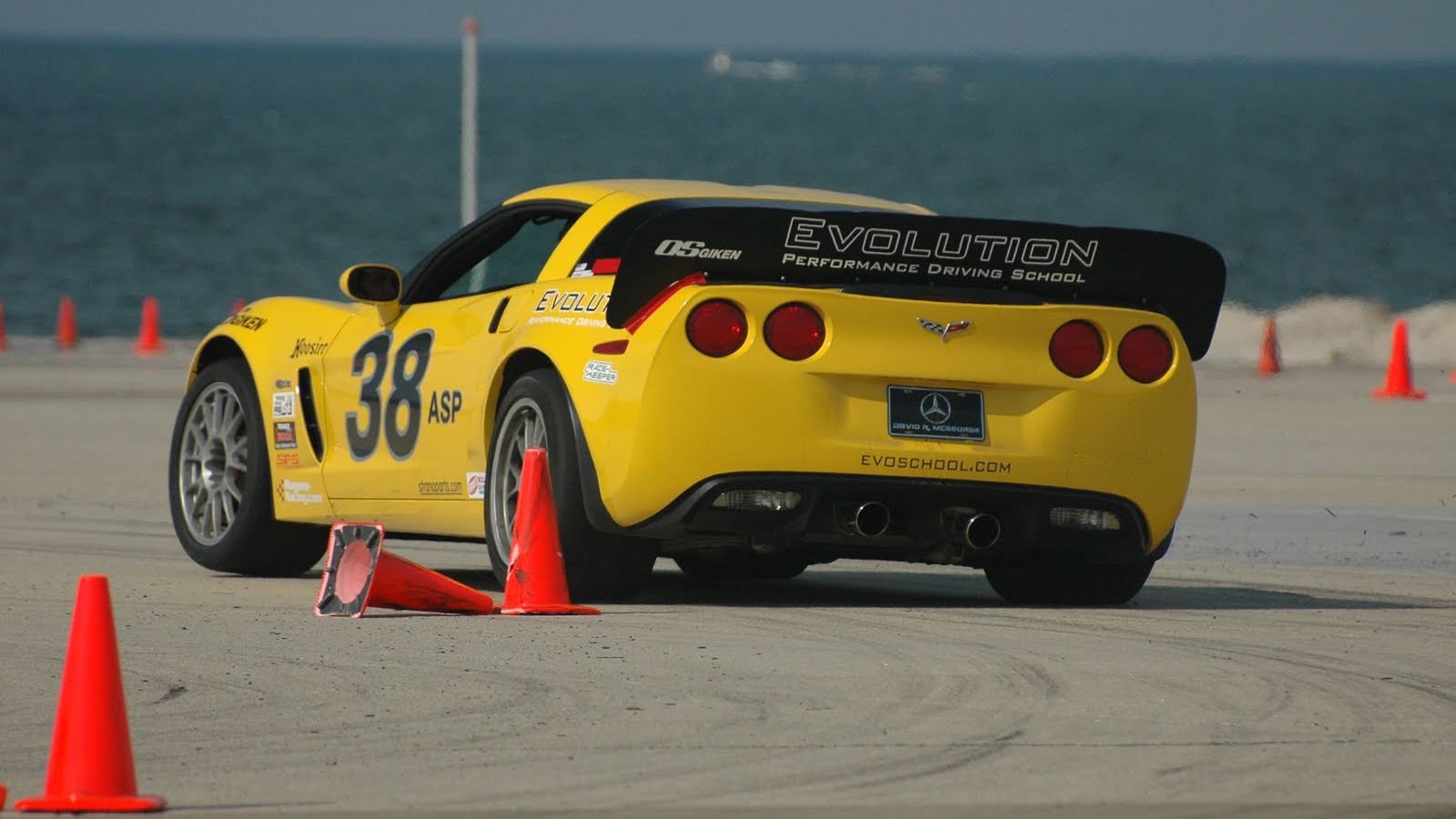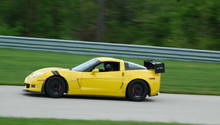Corvette: So You Want to Race Your Corvette?
The technology and performance integrated into your Corvette, no matter the year, allows you to take your Corvette to a road course or drag strip on the weekend and still be able to enjoy it during the week as you commute to work. With little or no modifications you can have fun and make new friends as you hone your driving skills.
This article applies to the C1-C7 Corvette (1953-current).
When you decide that you would like to go racing, the first question you need to ask yourself is which type of racing interests you? Would you like to visit a road course with twists and turns and high speed straight stretches that will push the limit of you and your car as you brake, accelerate and turn? Is the drag strip more your speed as you get all you can for a quarter-mile and have bragging rights among your buddies as to who has the lowest ET or best MPH? Perhaps you would like to do both! The question just boils down to what type of racing would you like to try and how hard are you willing to push your car. This article touches on both types of racing and will dive deeper into drag racing, discussing what classes are available for your Corvette (ranging from stock daily driver bracket racing to a modified class racer competing in Stock Eliminator). Our previous articles on both road course and drag racing are attached here for you to read more about options available to you as well as how to prepare your car.
Road Course Racing
If you have decided that turning and stopping is your thing, perhaps you should check out your local road course. A stock, unmodified Corvette can serve you well as their performance and engineering advantages will provide a fun day. Fresh brake fluid and oil is recommended as you will be pushing your car to the limit, as well as fresh brake pads and tires. You may also wish to invest in a comfortable, high-quality helmet as many courses will require this safety precaution at a minimum. For more reading on prepping your car, finding a track and what you may need to do in order to race, see the related article below.

(Related Article: How to Prepare For the Track - CorvetteForum.com)
Autocross Racing
Autocross is similar to road racing in that it is an event focused on handling and vehicle dynamics navigating a course while being timed. However, autocross is a lower-speed and much less expensive alternative to road racing. It it geared more towards technically challenging course design and being able to quickly figure out the course while laying down a fast time. Autocrosses are usually held in large, open areas like airstrips or large parking lots, and the impromptu courses are built with small traffic cones. This means that the track is different for every event. You do not get to review the course ahead of the event, and instead, you have to rely on walking the course before your heat and memorizing how to navigate it quickly. Unlike track days, which are lapping events, autocross is more like a sprint with a start and finish line and a set number of runs. Cars are divided into various classes depending on make, model and level of modification, which generally keeps the competition tight.

Drag Racing
If turning and braking isn't your cup of tea and you would rather focus on elapsed times and big MPH, then drag racing is the answer. Just as in road course racing, taking your Corvette to the track in as-delivered-from-the-showroom-floor condition is perfectly fine and will offer you a great time. Again, just make sure you have all of your general maintenance items up to par and research any safety items needed, which will most likely include a helmet. When you visit your track, you'll most likely be bracket racing in their "street" or "no-box" class. Bracket racing simply means that although there is a competitor in the other lane, you are not only racing him or her but also the clock so to speak. The Christmas tree (starting device at a drag strip) will indicate when you can leave in a handicapped fashion based on the dial-in that you have put on your windows. A dial-in indicates to the track how quick you believe your car will go based on previous elapsed times from practice sessions. The goal is to leave just as the green light comes on (a perfect light is a 0.500) and run right on your dial without going under, which is referred to as a break-out and will automatically eliminate you from competition. The street or no-box class will pit you against other cars that do not rely on electronic aids to launch their car, leaving the all important reaction time in the hands, or foot in this case, of the driver.
If you really catch the drag racing bug after a trip to the strip, you may want to think about building a Class car that would be legal for IHRA or NHRA competition in Stock Eliminator. With some minor modifications (or major depending on how fast you would like to go), you can race heads-up with other Corvettes and cars with similar horsepower.

(Related Article: How to Make a Drag Monster - CorvetteForum.com)
Related Sites
- Autocross Find Your Region - SCCA.com
- Drag Racing - NHRA.com






